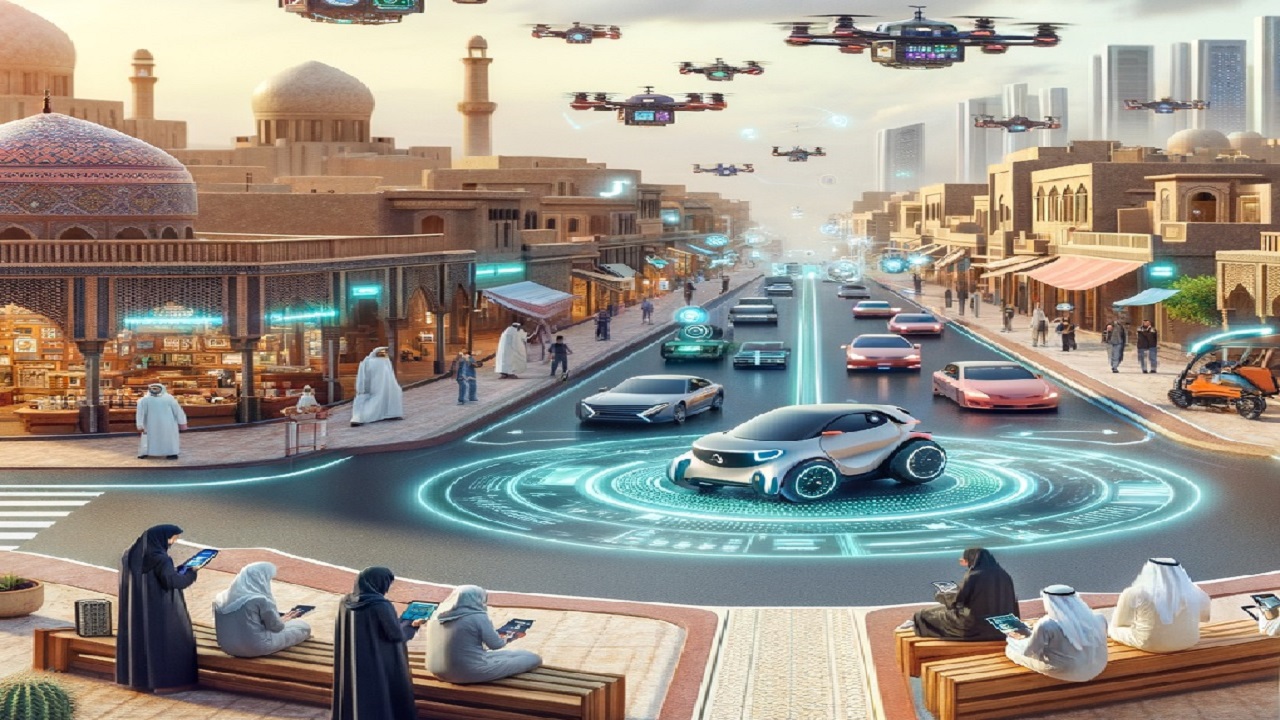By: Husam Yaghi
Grab a coffee and let’s talk about something exciting happening right here in our region. Saudi Arabia and the UAE are not just participating in the digital revolution; they’re leading it. And the numbers speak volumes.
Saudi Arabia:
For the third year in a row, Saudi Arabia ranked first in the Middle East and North Africa in the ESCWA e-Government Services Maturity Index, scoring an impressive 96%. But here’s what’s even more impressive; they’ve climbed to 4th place globally in the UN’s E-Government Development Index (EGDI). That’s a massive leap of 25 positions.
This progress didn’t happen overnight. It’s the result of a clear national vision, strong leadership, and collaboration across every level of government. As Ahmed AlSuwayan, Governor of the Digital Government Authority, put it: artificial intelligence and cross-ministry coordination have become essential tools for transforming public services and improving everyday life.
We’re seeing this in action:
- Citizens can now access e-prescriptions, renew licenses, and use remote learning tools more easily than ever.
- The digital government platform is intuitive, multilingual, and built with the user experience at its core.
- Metrics like 99% service availability, 93% user satisfaction, and Riyadh’s #3 global ranking for digital city services confirm the progress is real, not just aspirational.
The UAE:
At the same time, the UAE has taken bold steps to become a global AI and technology leader. The government appointed a Minister of State for Artificial Intelligence, launched strategic investments through entities like G42 and ADQ, and committed billions to R&D, open-source LLMs like Falcon, and digital infrastructure.
Dubai is working toward 100% paperless and automated government services, while Abu Dhabi is investing in next-generation industries: AI in healthcare, climate solutions, transportation, and more. The UAE isn’t just deploying technology; it’s building an environment where global innovation can thrive.
Complementary Strategies, Shared Vision
You might be wondering: do we need two digital giants in the region?
Personally, I believe so. Saudi Arabia and the UAE are approaching the future with distinct but complementary strategies.
- Saudi Arabia is focused on nation-scale infrastructure, reaching every citizen with reliable, high-quality digital services.
- The UAE is carving out a role as a global innovation testbed, attracting top talent and building intellectual property.
Their shared commitment strengthens the region as a whole. Together, they’re creating a dynamic ecosystem that encourages healthy competition, drives standards upward, and showcases what’s possible when ambition meets execution.
Why It Matters
This isn’t just a story of e-services or government apps. It’s about long-term transformation.
With Vision 2030 and UAE Centennial 2071, both nations are laying the foundation for knowledge-based economies that are globally competitive, future-ready, and deeply committed to innovation.
They’re investing not just in technology, but in people, in creating better services, more opportunities, and a connected future that benefits everyone.
Final Thought
What we’re witnessing is a regional shift toward global leadership in digital government and AI. The work being done today in Riyadh, Jeddah, Dubai, and Abu Dhabi will influence how smart nations operate tomorrow.
And the best part? This is just the beginning.


